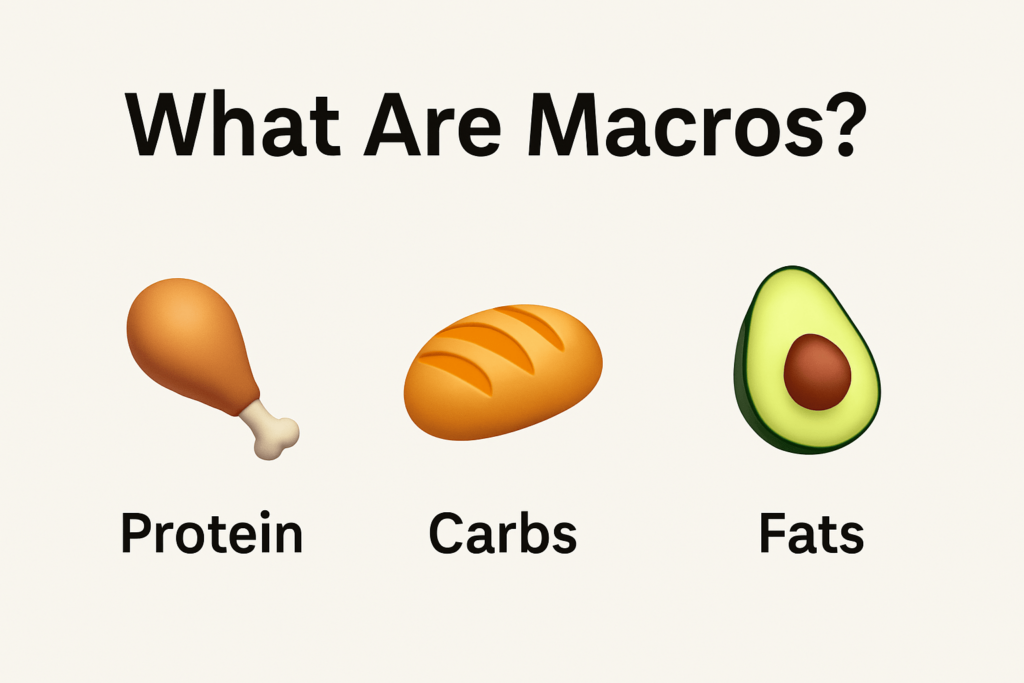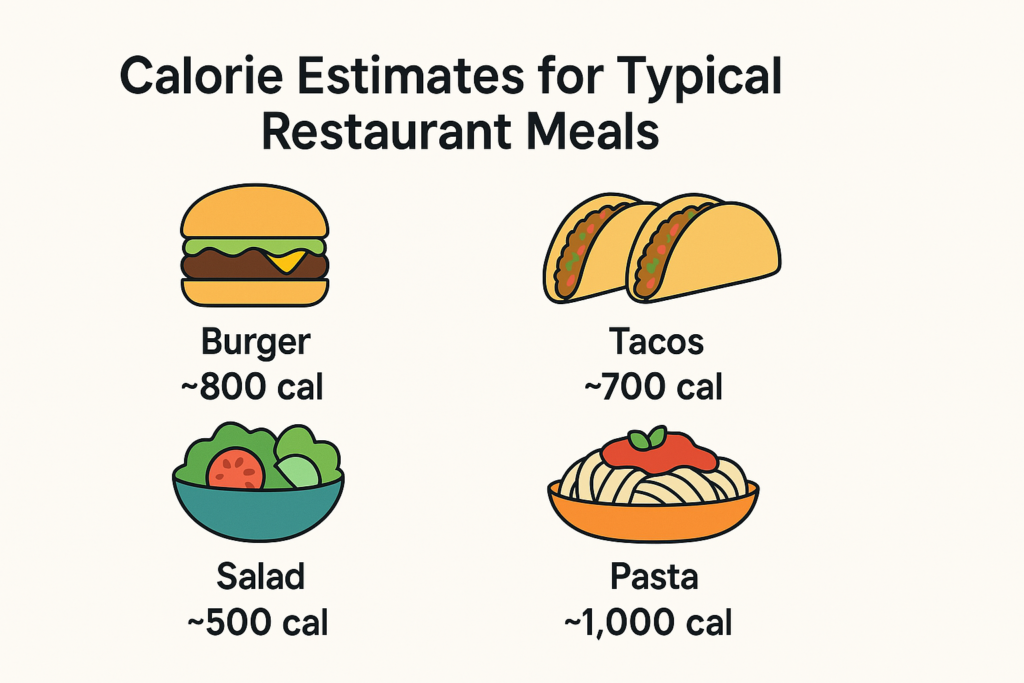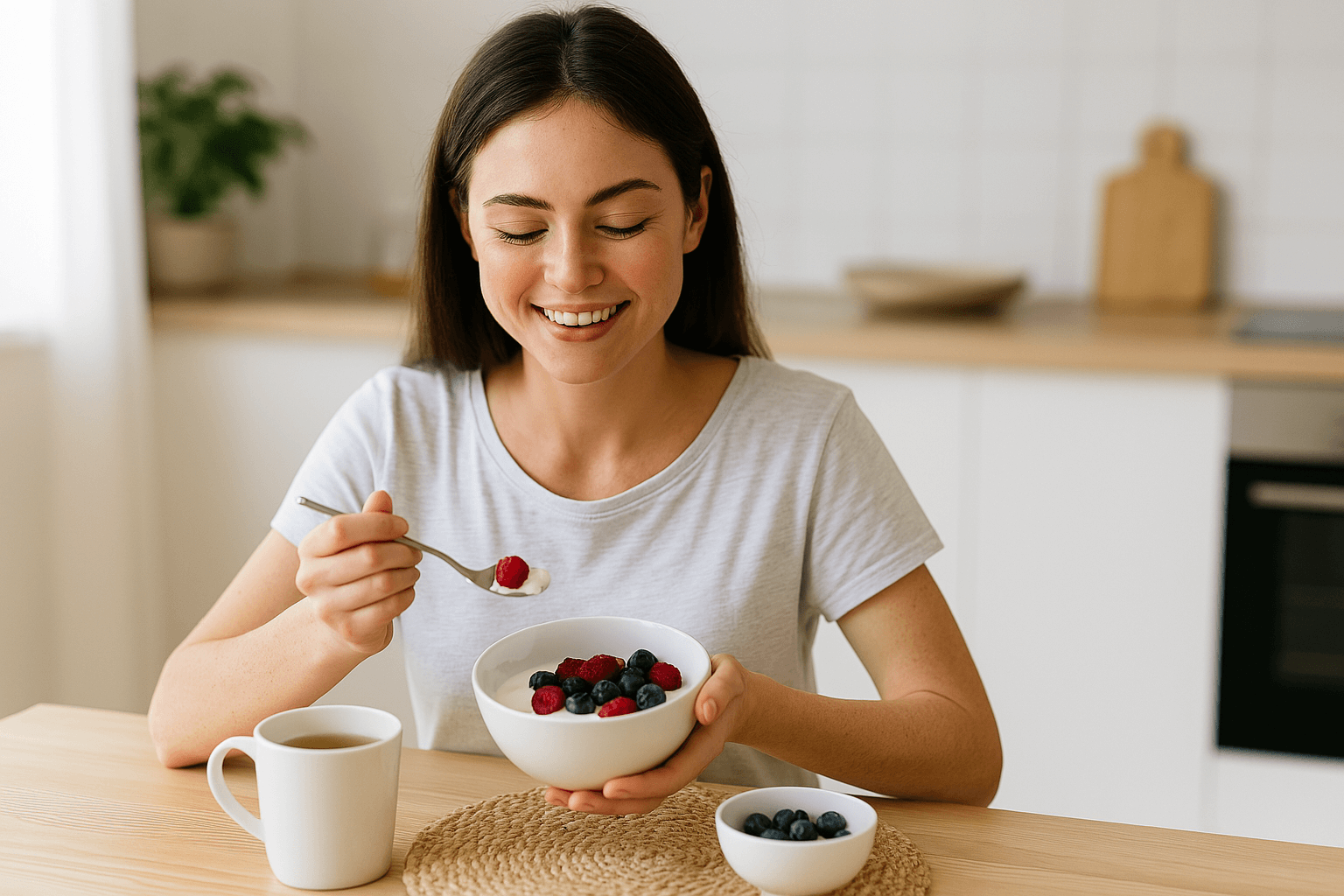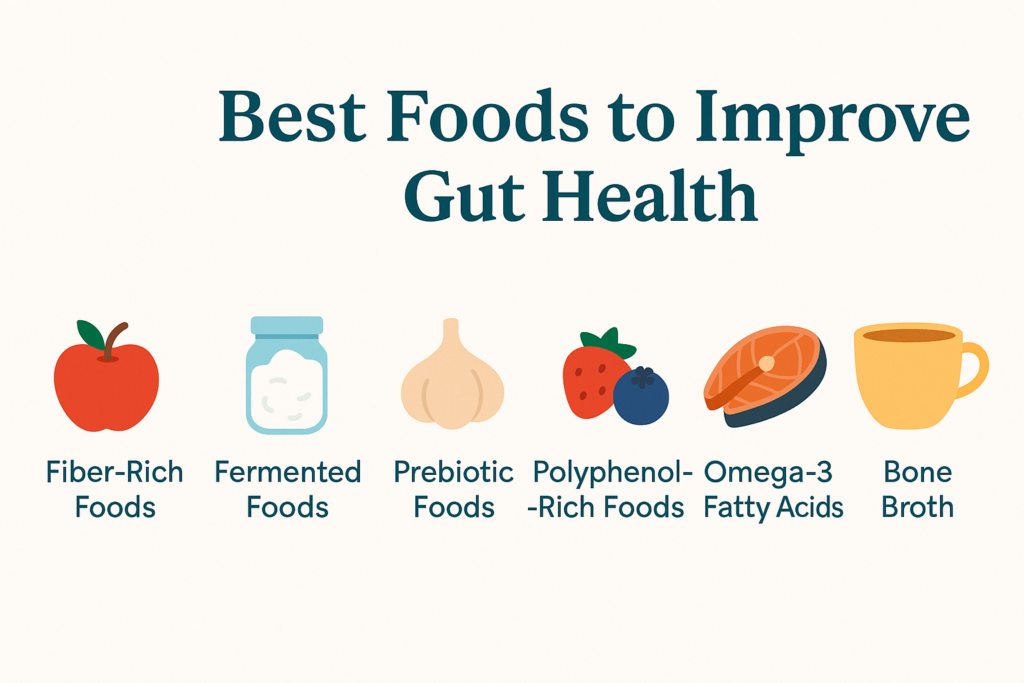“What gets measured gets managed.”
— Peter Drucker
Macro tracking by text message is changing the way people eat for the better. Most of us want to improve our nutrition, but few actually know how much protein, fat, or sugar we’re consuming each day. That’s where macro tracking helps—and now, thanks to text-based logging, it’s finally simple and sustainable. In this post, we’ll break down the why and how of macro tracking by text message, and how TomatoSMS can help you build healthier habits without the hassle.
What Are Macros and Why Do They Matter?
Macronutrients — protein, carbohydrates, and fats — are the building blocks of what you eat. And tracking them matters more than just counting calories.

Here’s what each macro does:
- Protein builds and maintains muscle mass. Higher protein intake is linked to improved body composition, reduced appetite, and better metabolic health.
- Carbohydrates are your body’s main energy source. Managing carbs can support fat loss and stabilize blood sugar.
- Fats support brain health, hormone function, and help with the absorption of vitamins.
💡 Fact: In a 2005 study published in The American Journal of Clinical Nutrition, researchers found that high-protein diets led to greater fat loss and muscle preservation compared to lower-protein diets, even when calories were equal.
That’s why macro tracking gives you more control than calorie counting alone.
Why Tracking Improves Outcomes (and Most People Don’t Do It)
Tracking works. In a study published in Obesity (2019), participants who self-monitored their diet consistently lost significantly more weight than those who didn’t — even if the method was quick and casual.
The problem?
Most people stop tracking because:
- It takes too long
- Apps are confusing or too rigid
It doesn’t fit their lifestyle
Enter: macro tracking by text message.
How Macro Tracking by Text Message Works (and Why It’s Game-Changing)
With TomatoSMS, you simply text what you eat.
That’s it.
Example:
You: “2 scrambled eggs, spinach, slice of sourdough”
TomatoSMS: “Got it! ~290 cals, 18g protein, 16g fat, 20g carbs”
We do the macro math for you — using AI trained on verified food data and context-aware analysis. You log your food in under 30 seconds. No barcode scanning. No app navigation.
You also get:
- Daily nudges for water and activity
- AI-generated feedback tailored to your goal (weight loss, muscle gain, managing hypertension, etc.)
- Macro summaries and calorie trends over time
Why Simplicity = Success
Behavioral psychology tells us that reducing friction increases consistency.
If the goal is long-term health improvement, then logging food needs to feel effortless. Texting does just that.
📊 According to Statista, the average American sends or receives 94 text messages per day. You’re already texting — TomatoSMS just repurposes that habit to work for you.
When tracking fits into your normal behavior, it sticks.
Who Benefits Most from Macro Tracking by Text?
- People managing weight (overweight/underweight)
- Athletes or lifters optimizing performance
- Anyone with metabolic or cardiovascular issues (e.g., diabetes, hypertension, high cholesterol)
- Busy professionals or parents who don’t have time for complicated food logs
The flexibility of SMS makes it especially helpful for older adults, those with limited tech skills, or anyone who’s just tired of apps.
The Bottom Line: Macro Tracking by Text Is Scientifically Smart
📈 It’s backed by real science
💬 It fits into daily behavior
⏱ It’s fast, intuitive, and personalized
By making tracking as simple as sending a message, TomatoSMS helps you build a foundation of awareness and accountability — the two most critical pieces of lasting health change.
Want to Try It?
Join thousands using TomatoSMS to hit their health goals through macro tracking, calorie awareness, and smart hydration — all via text message.
No downloads. No dashboards. Just text.
Your macros are just one text away.




